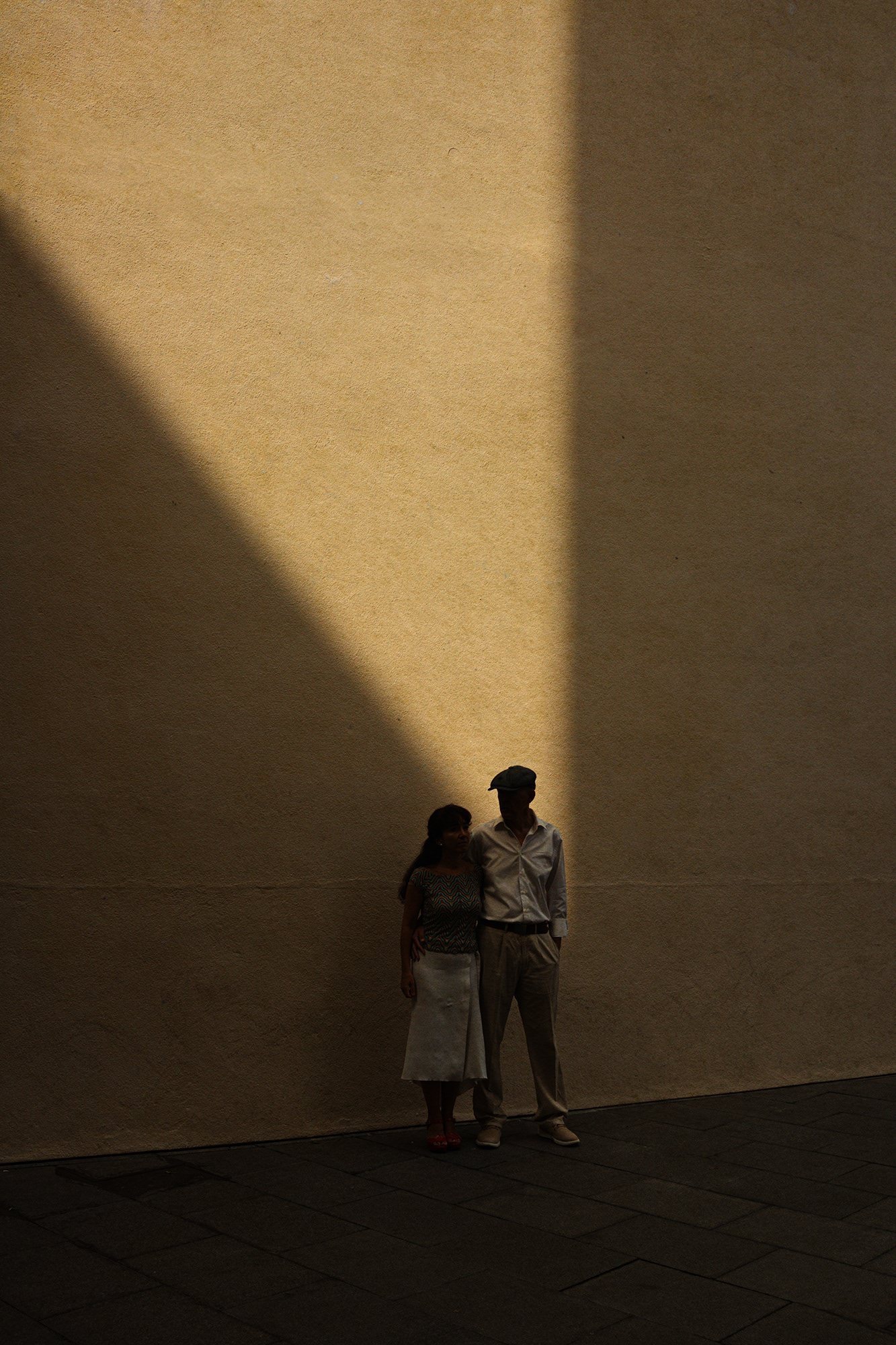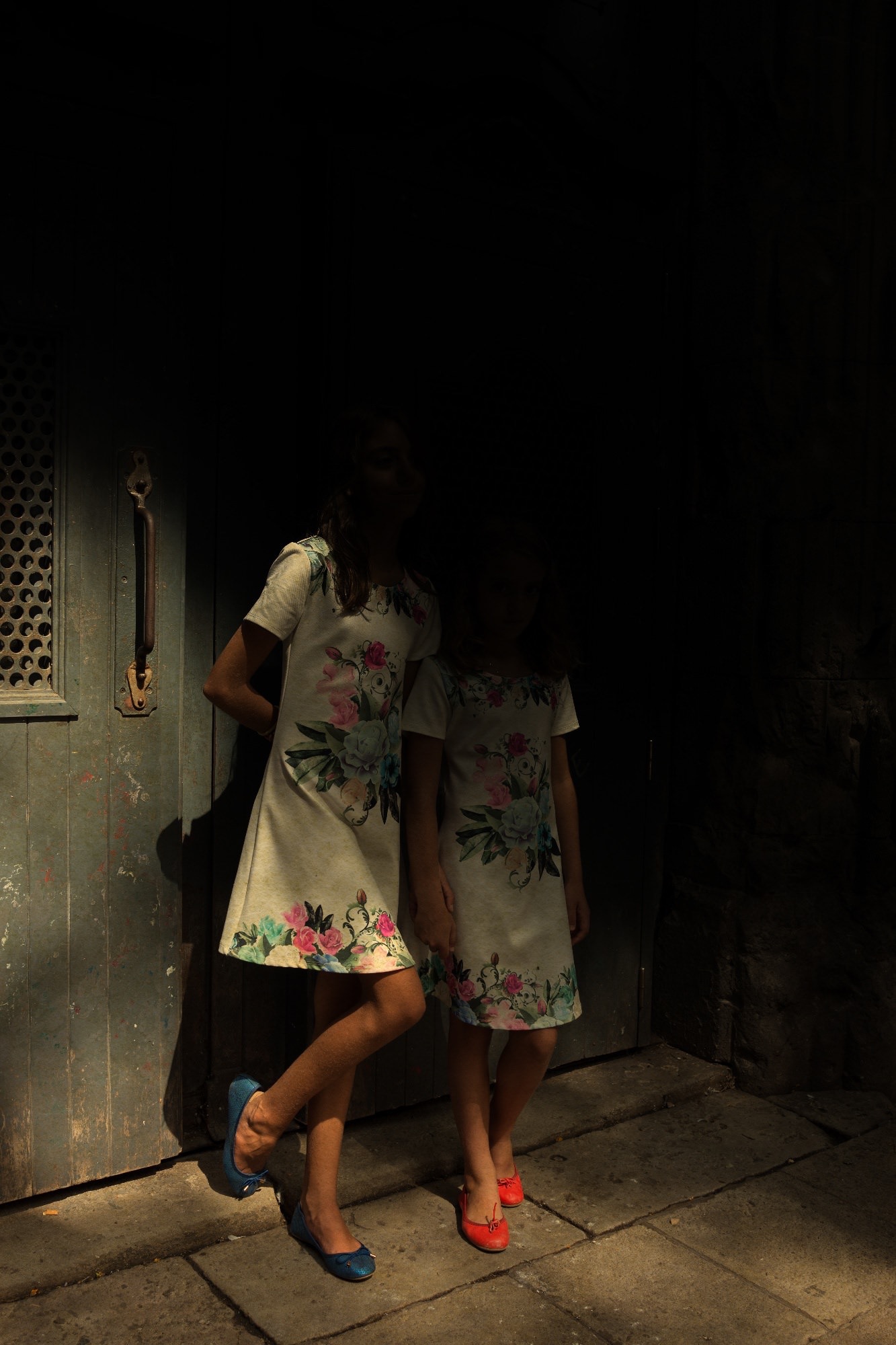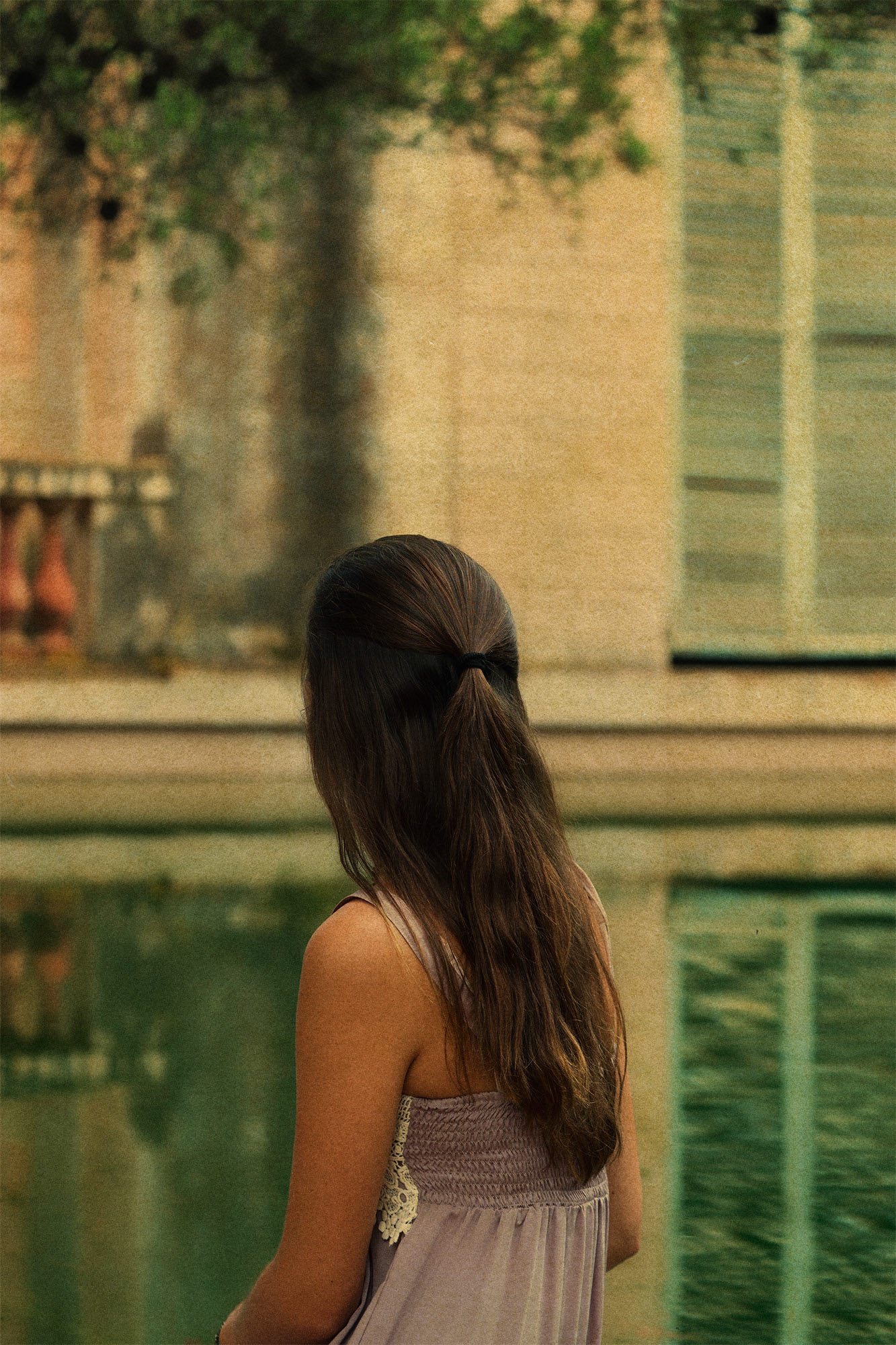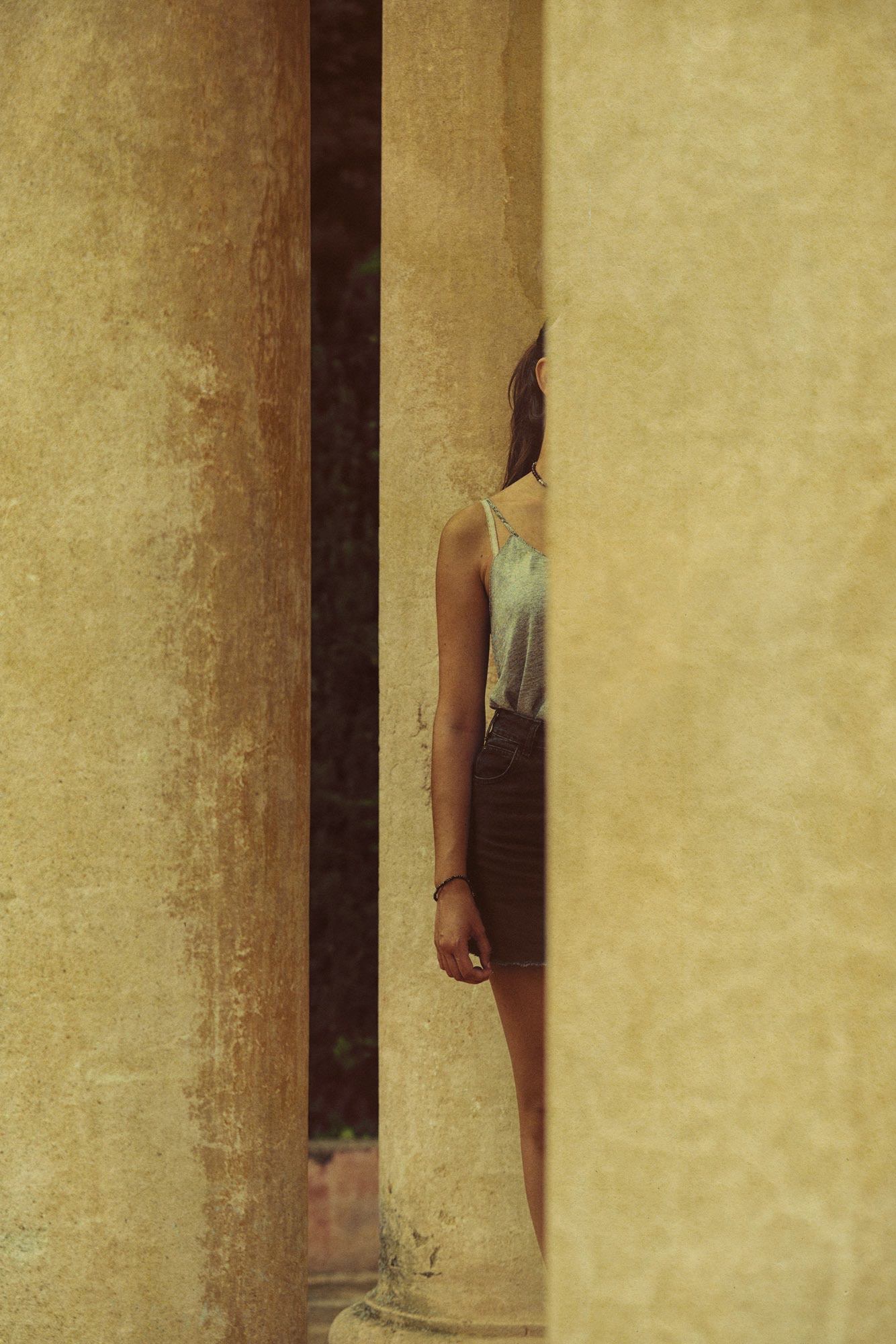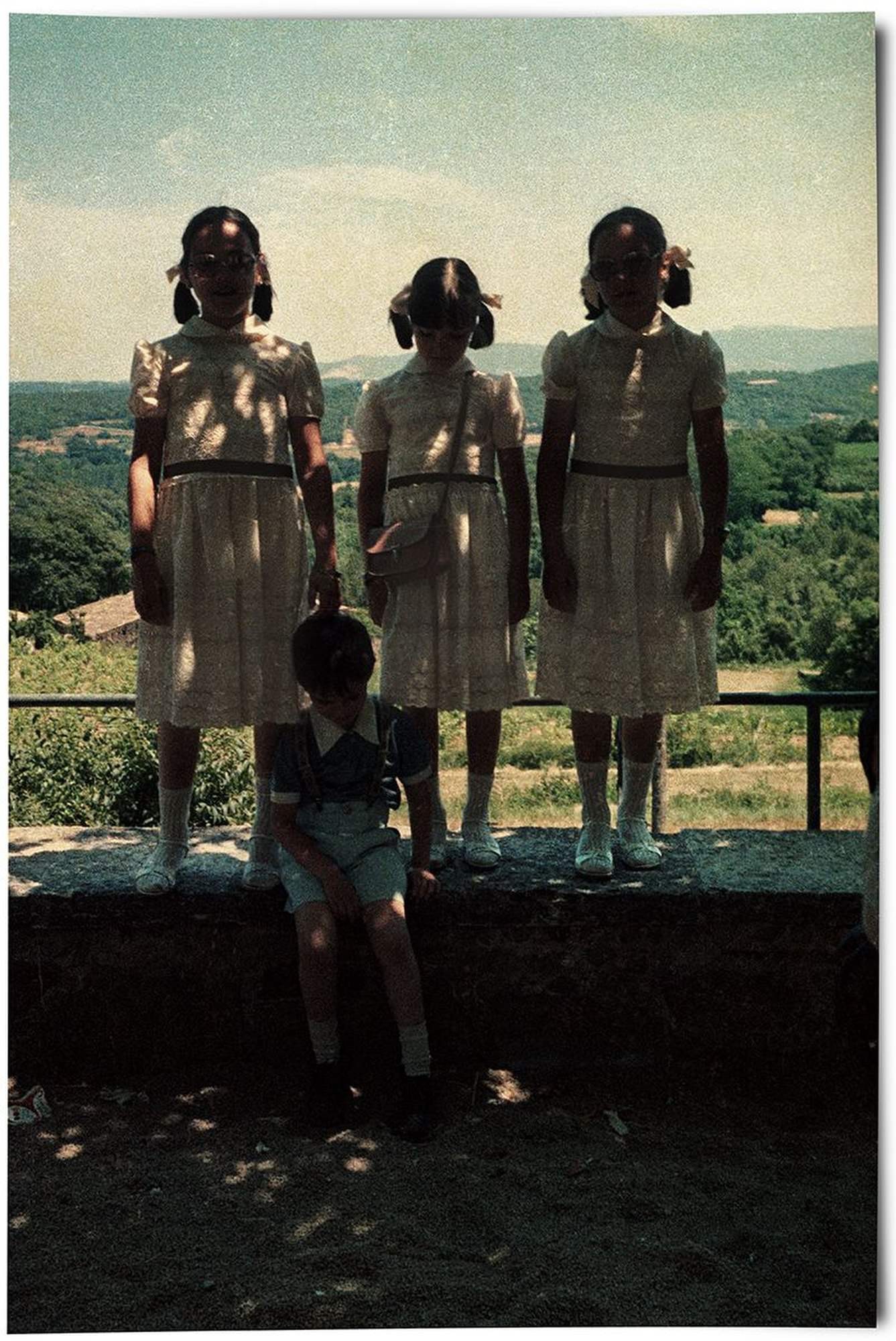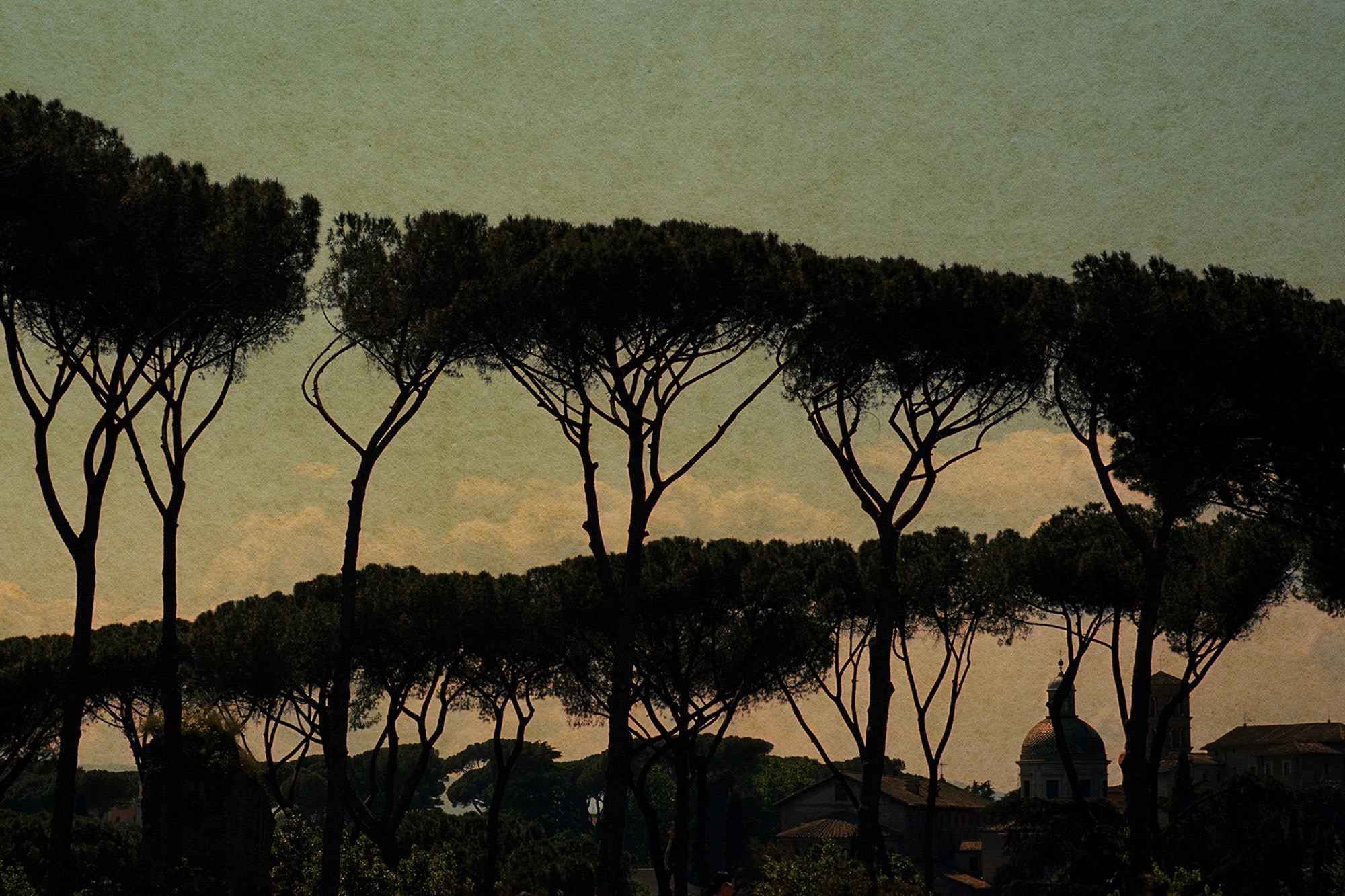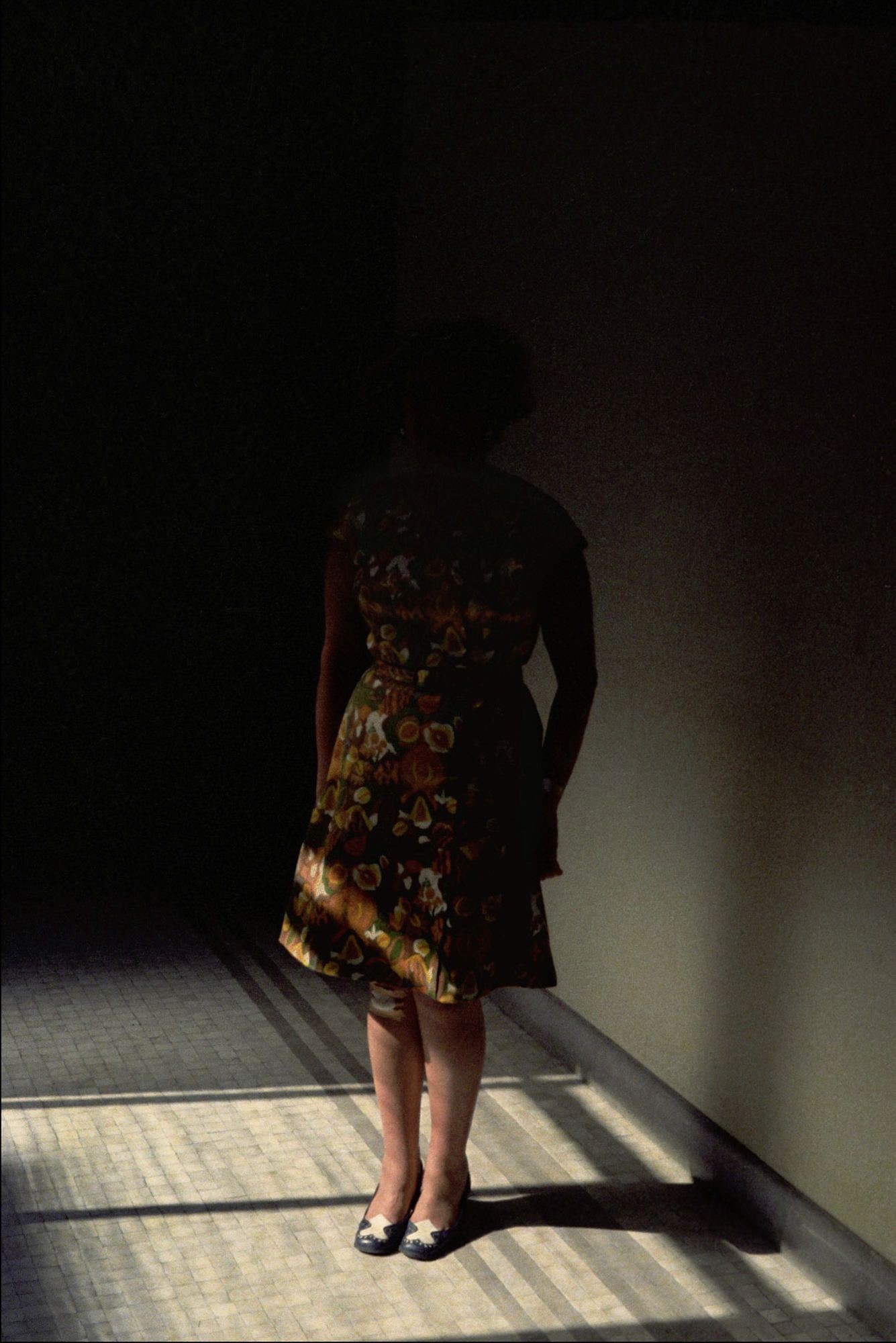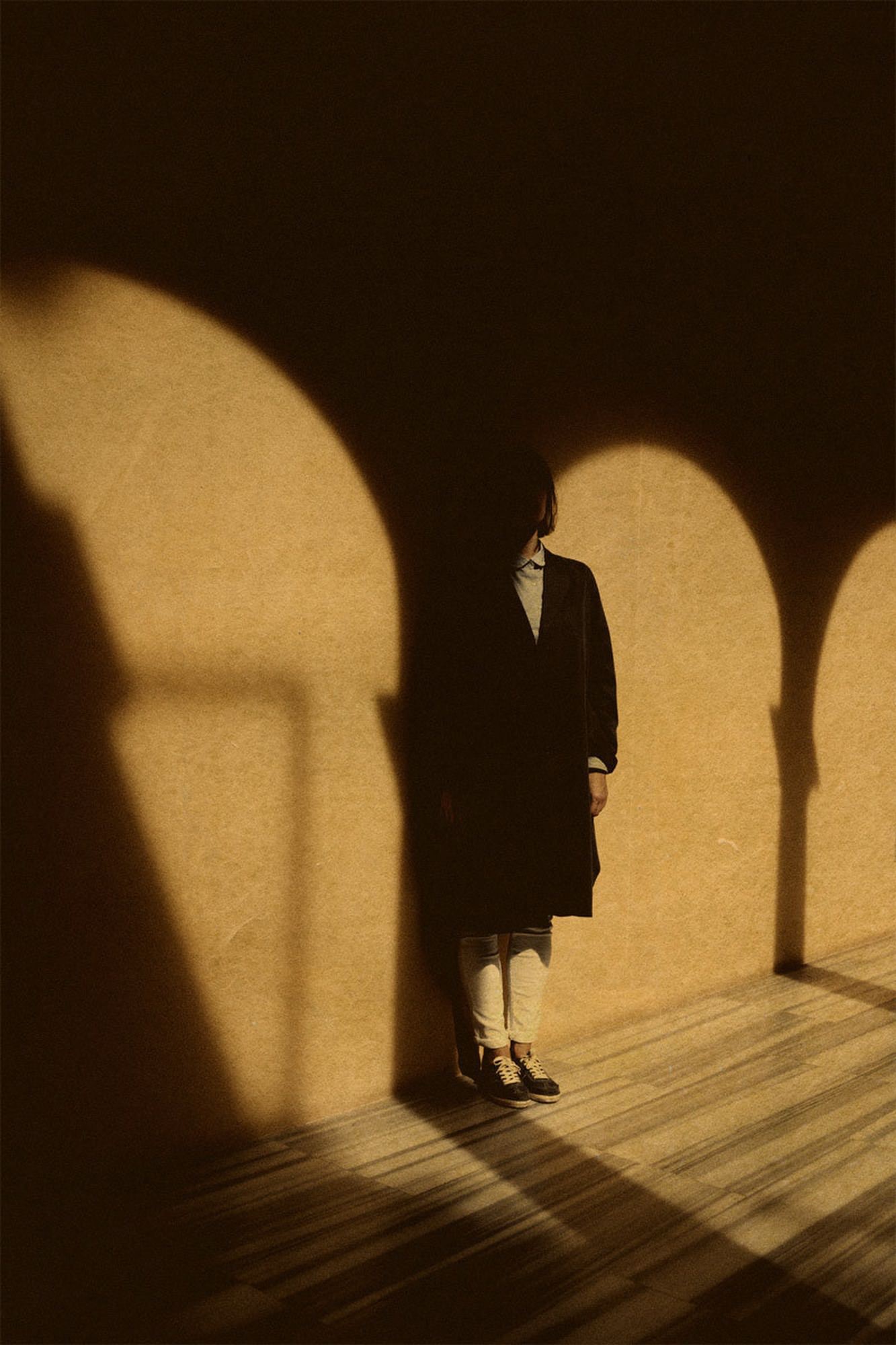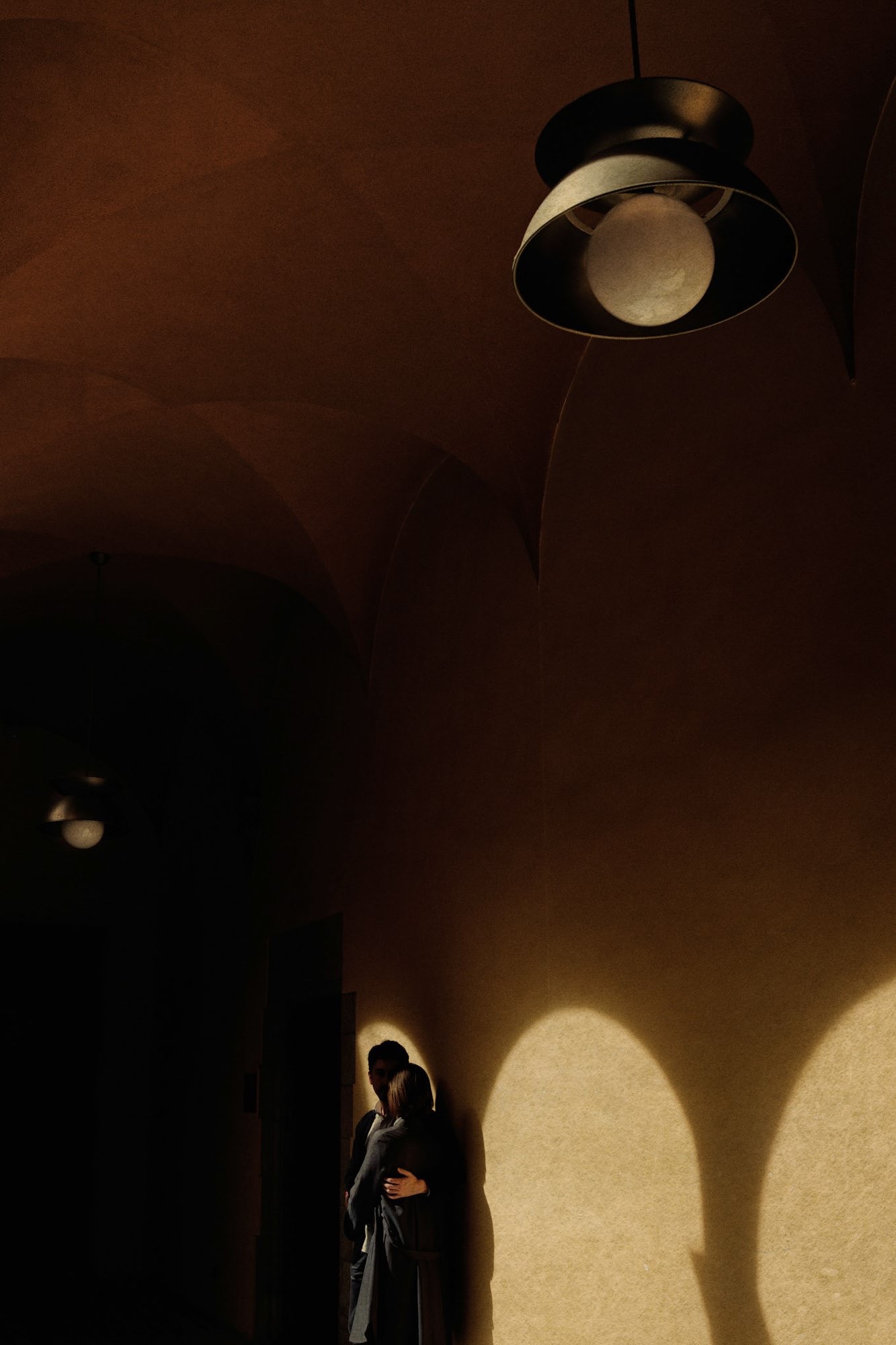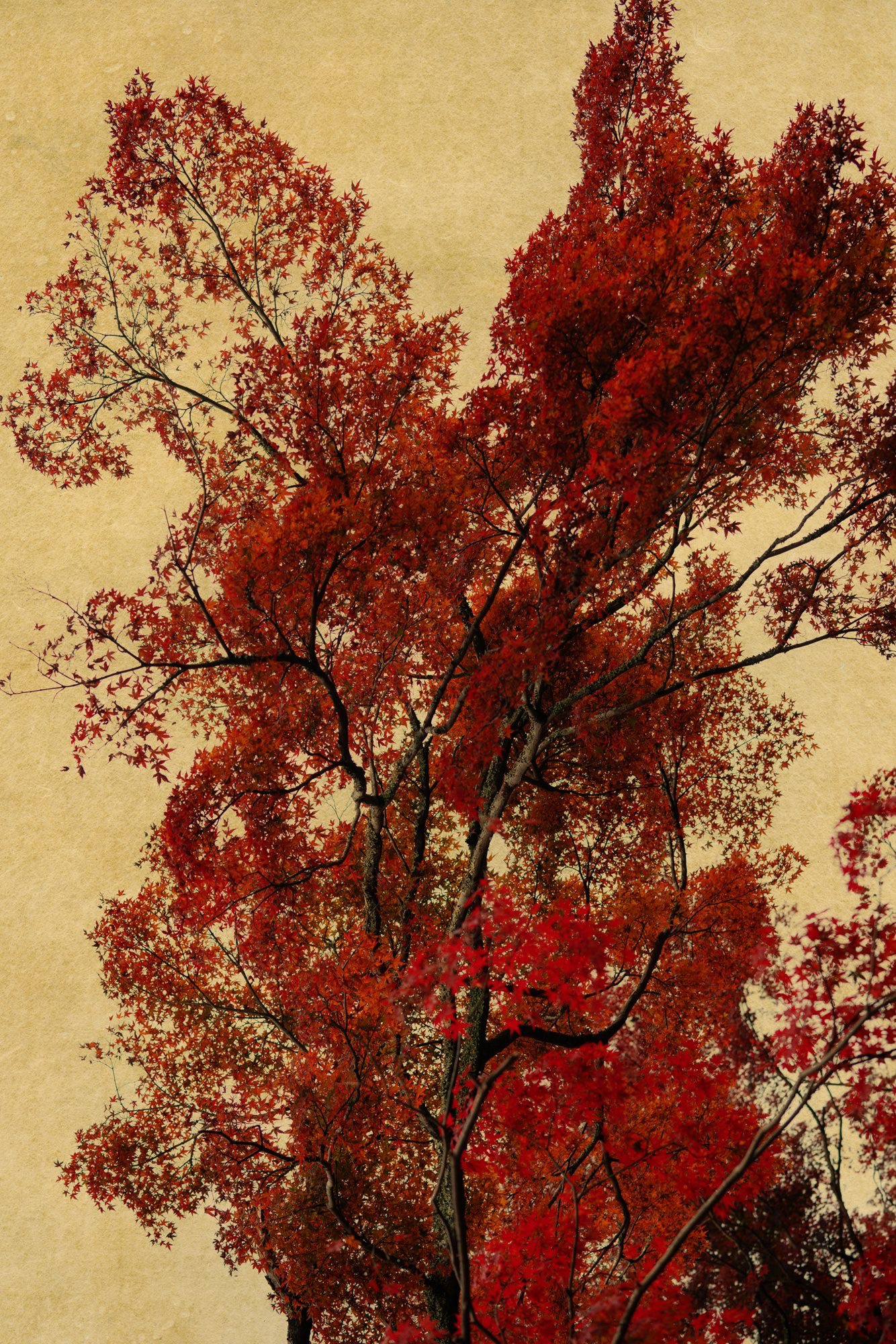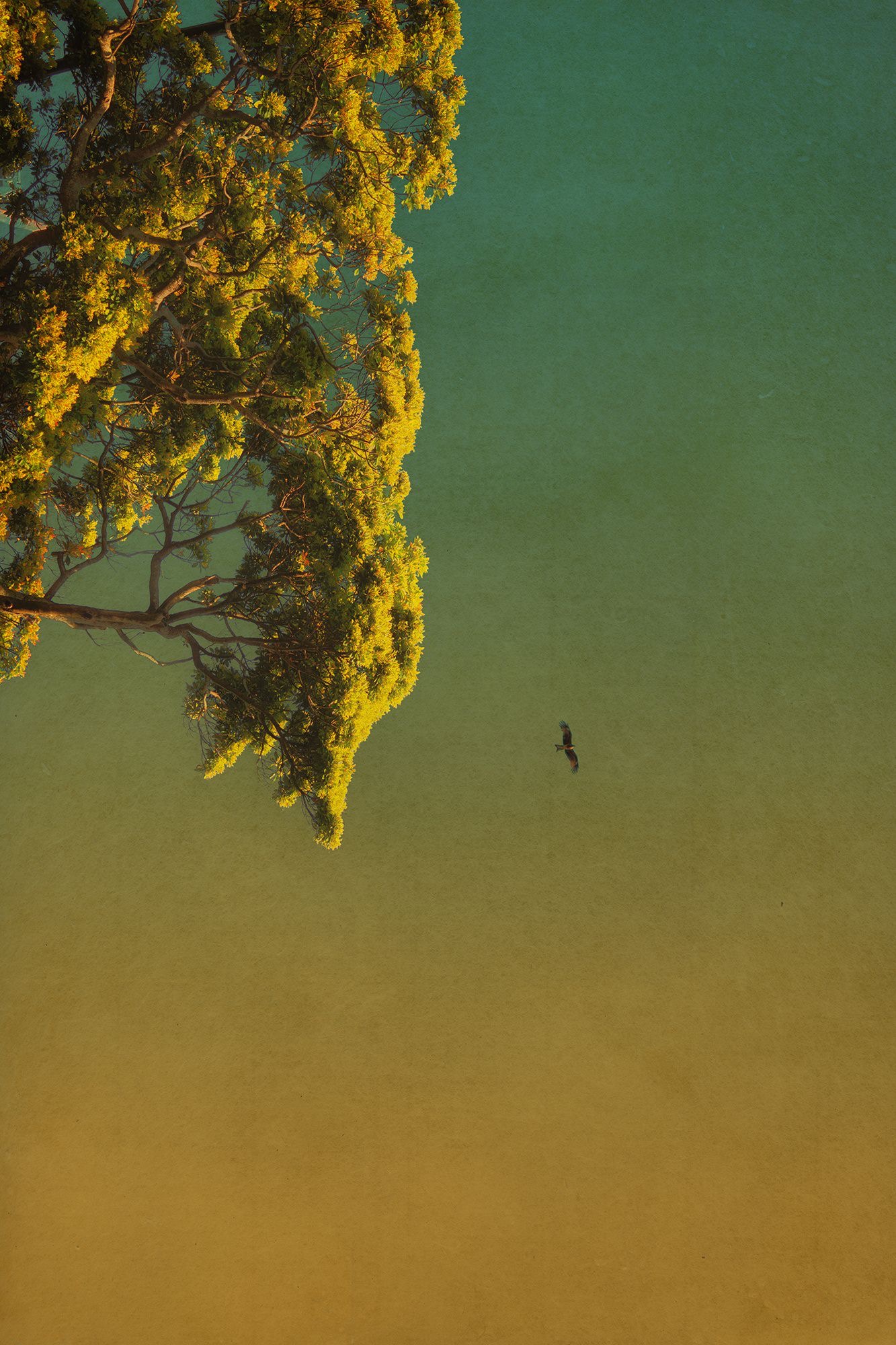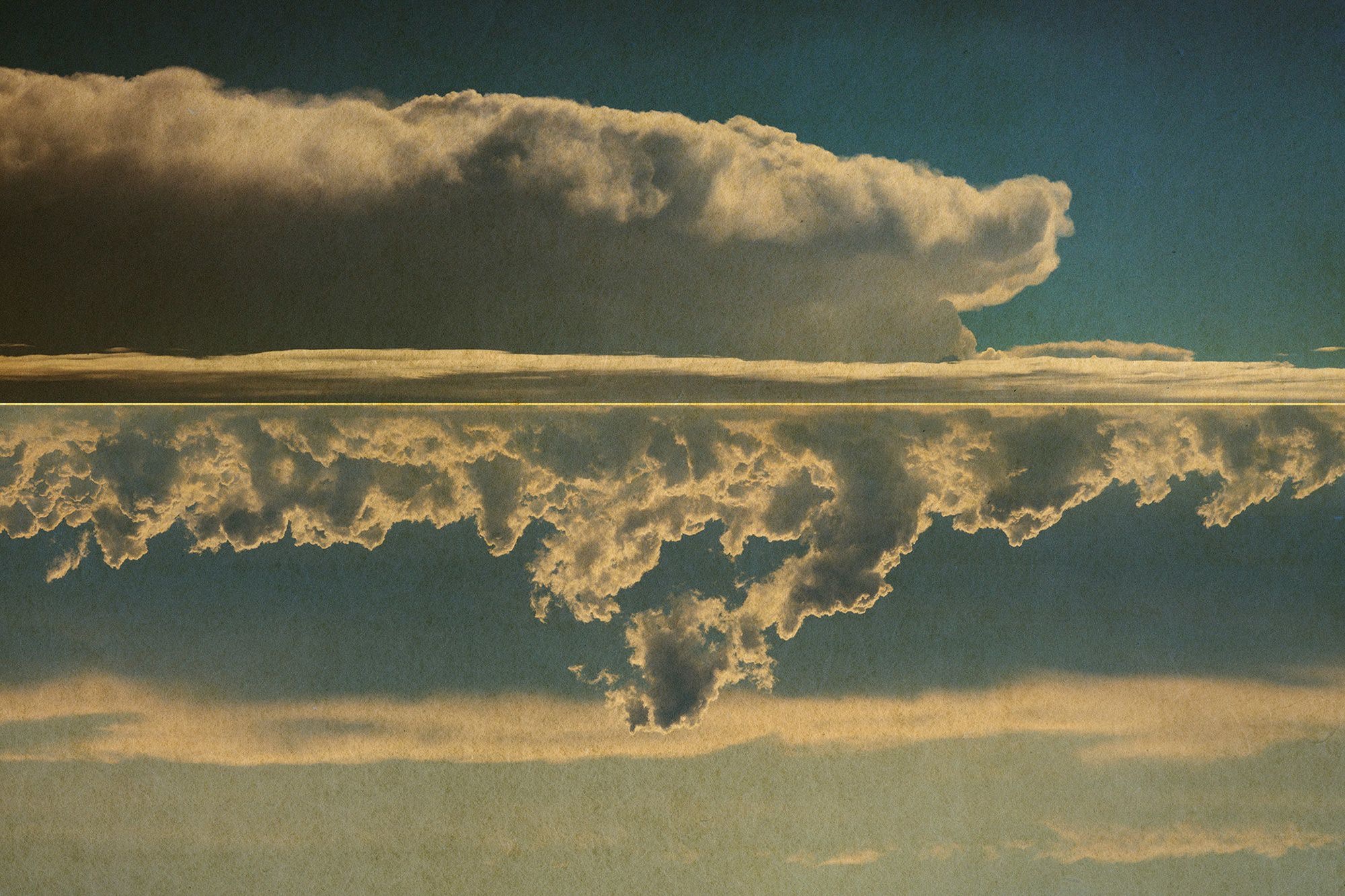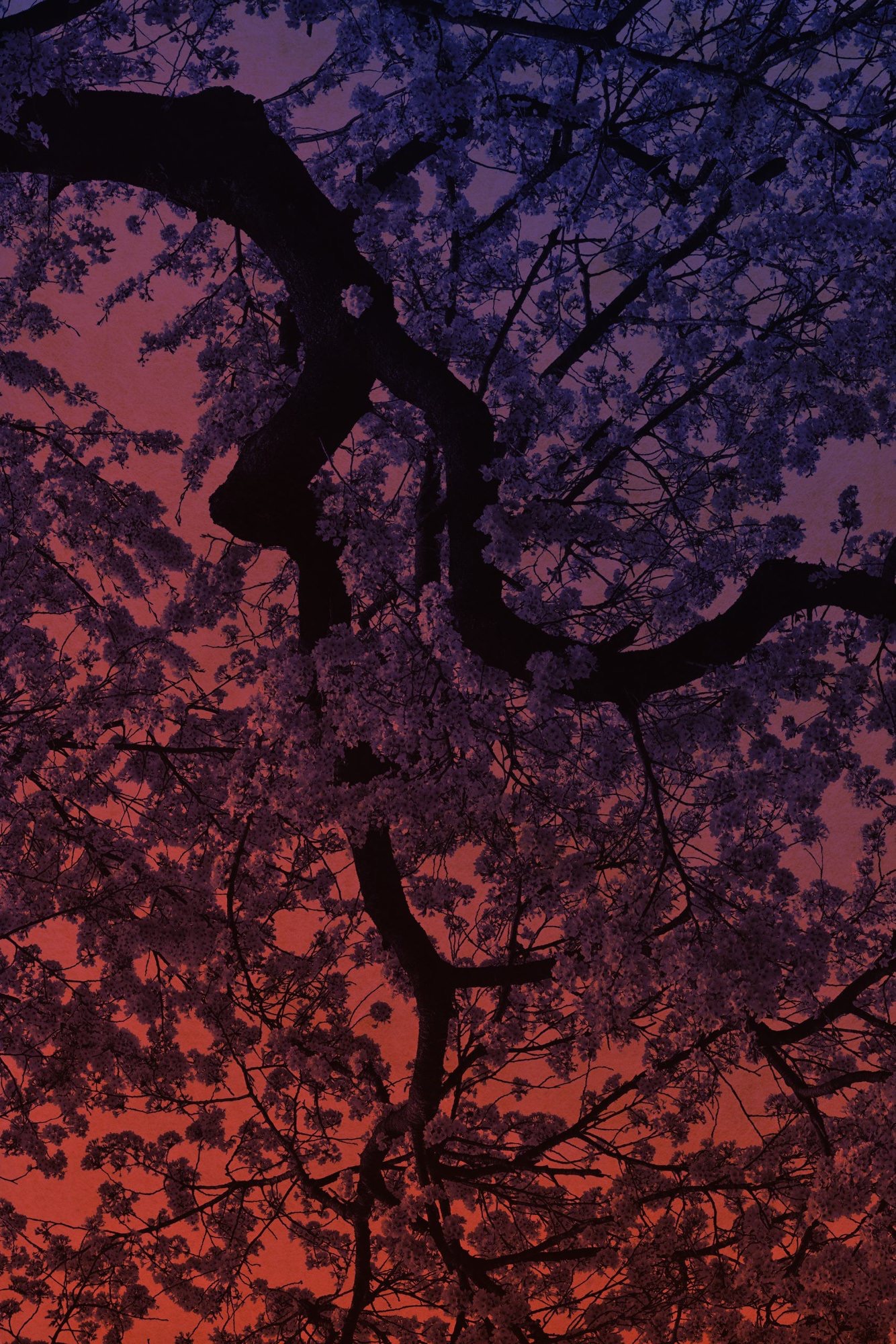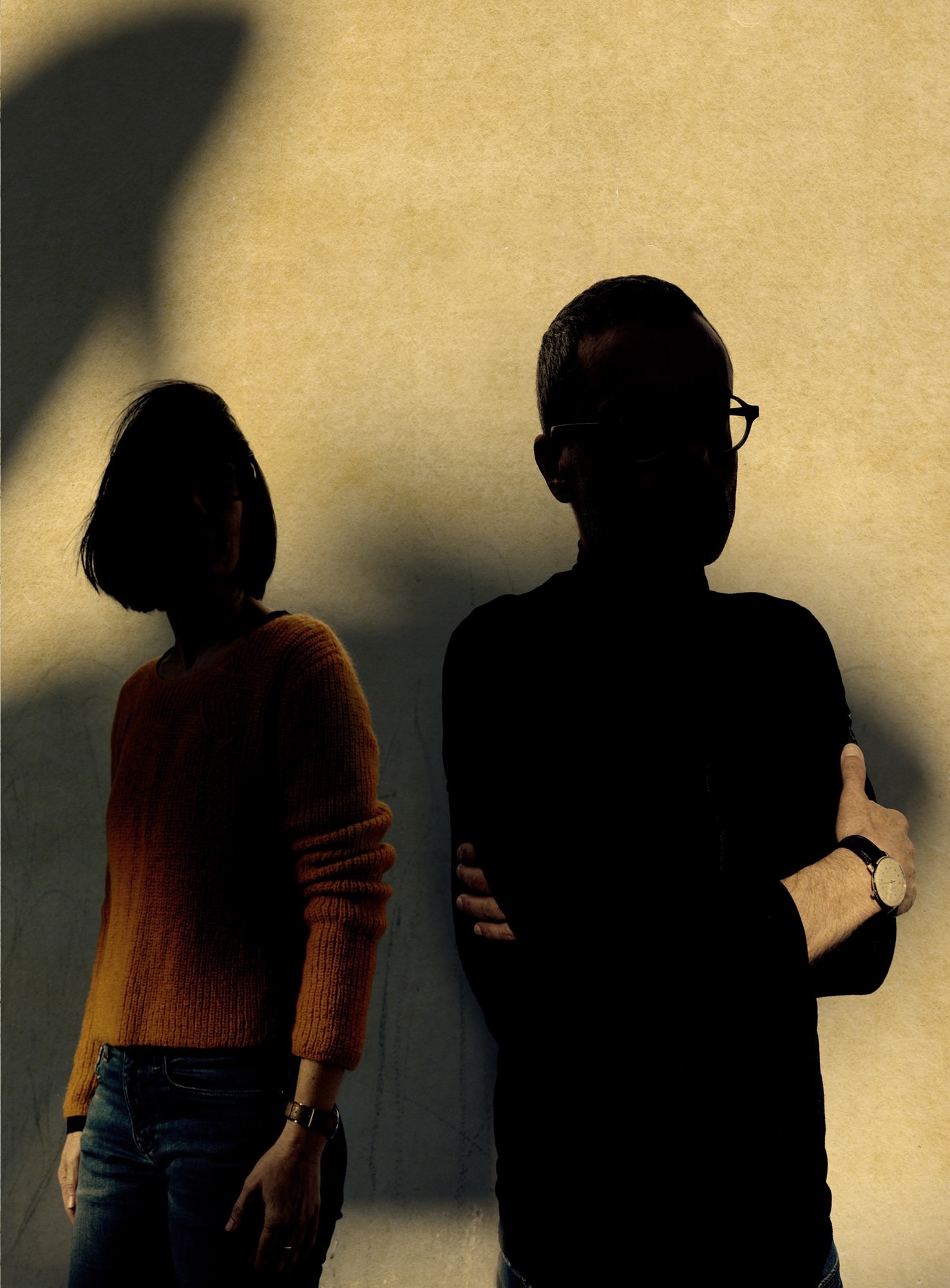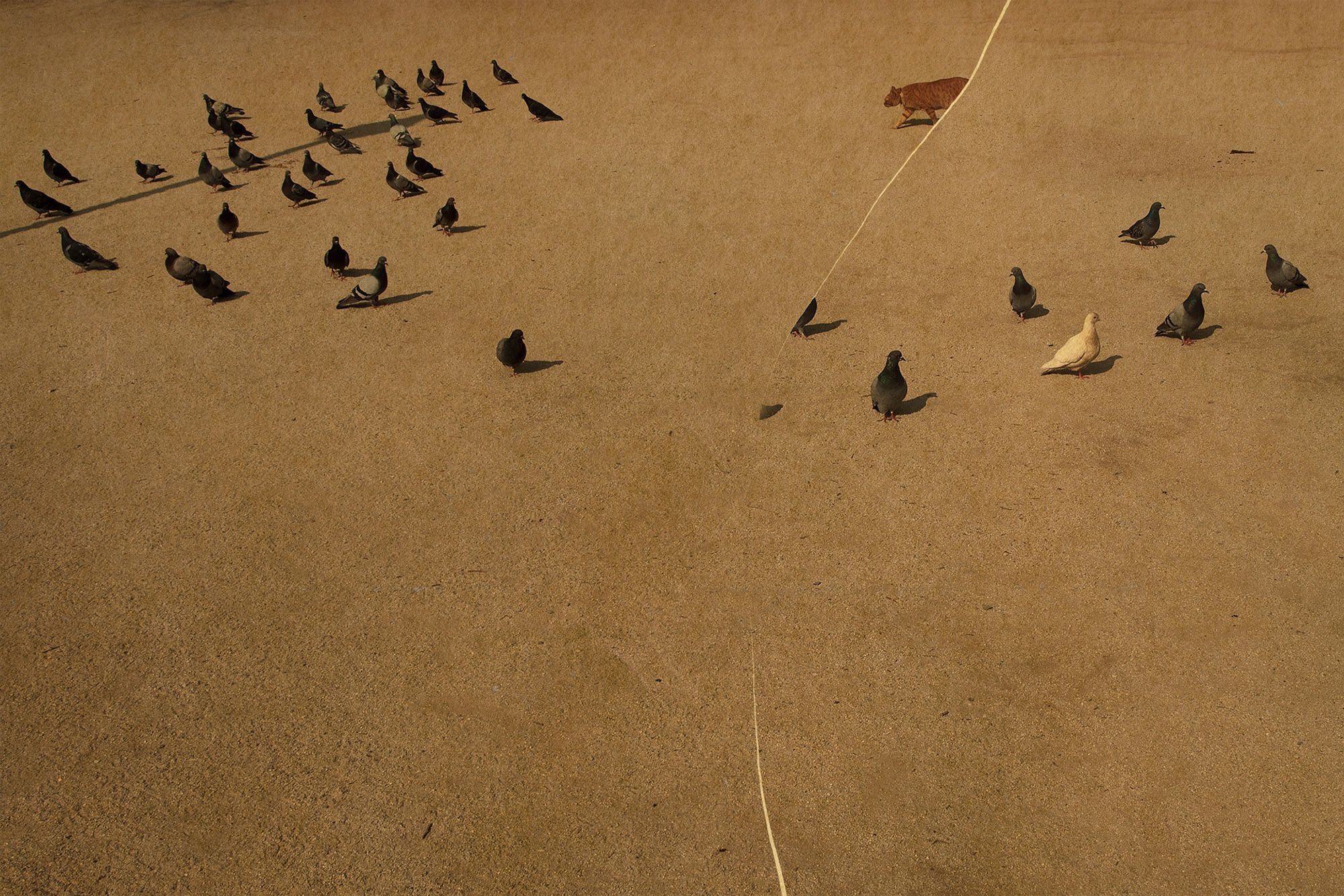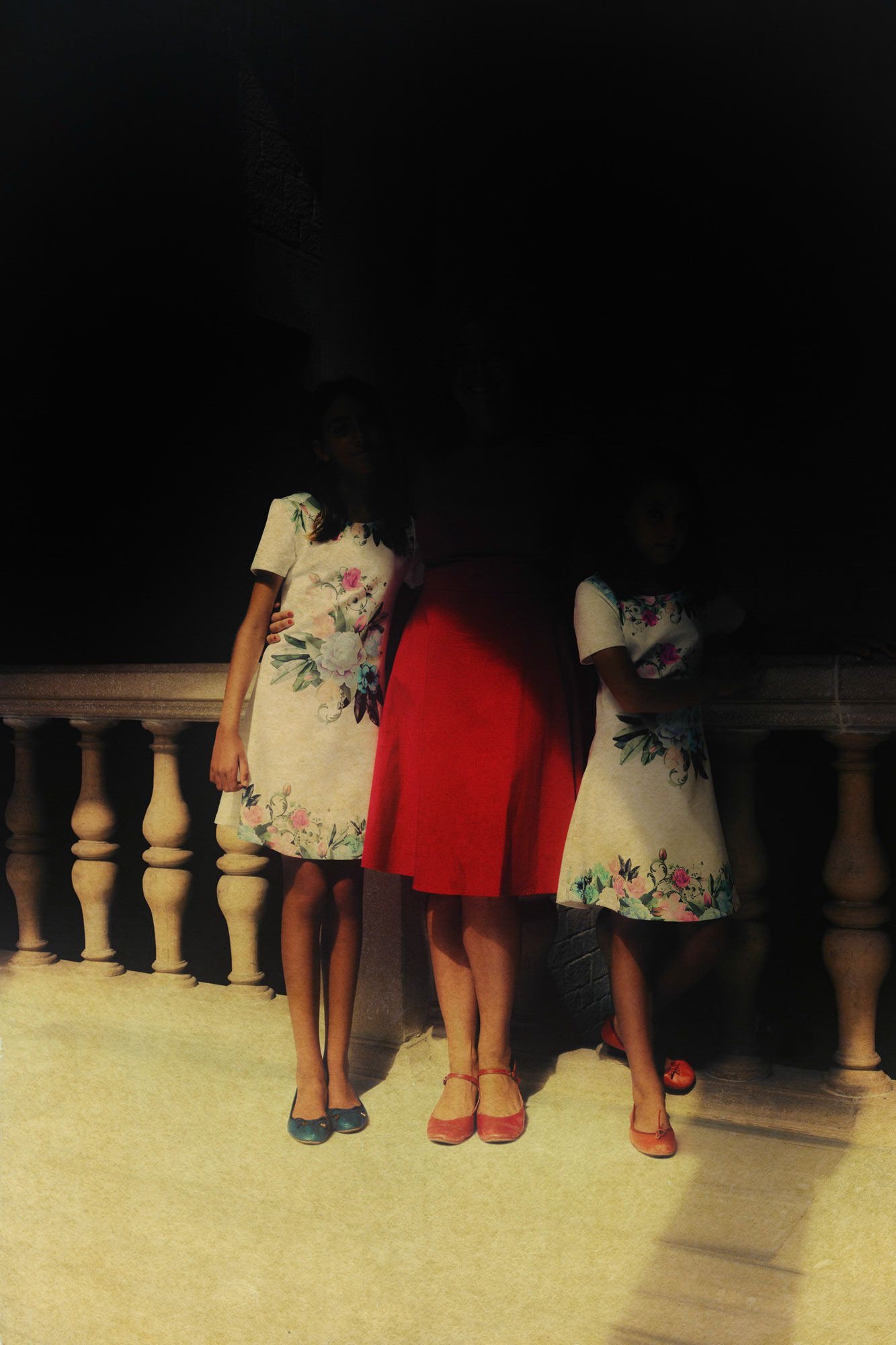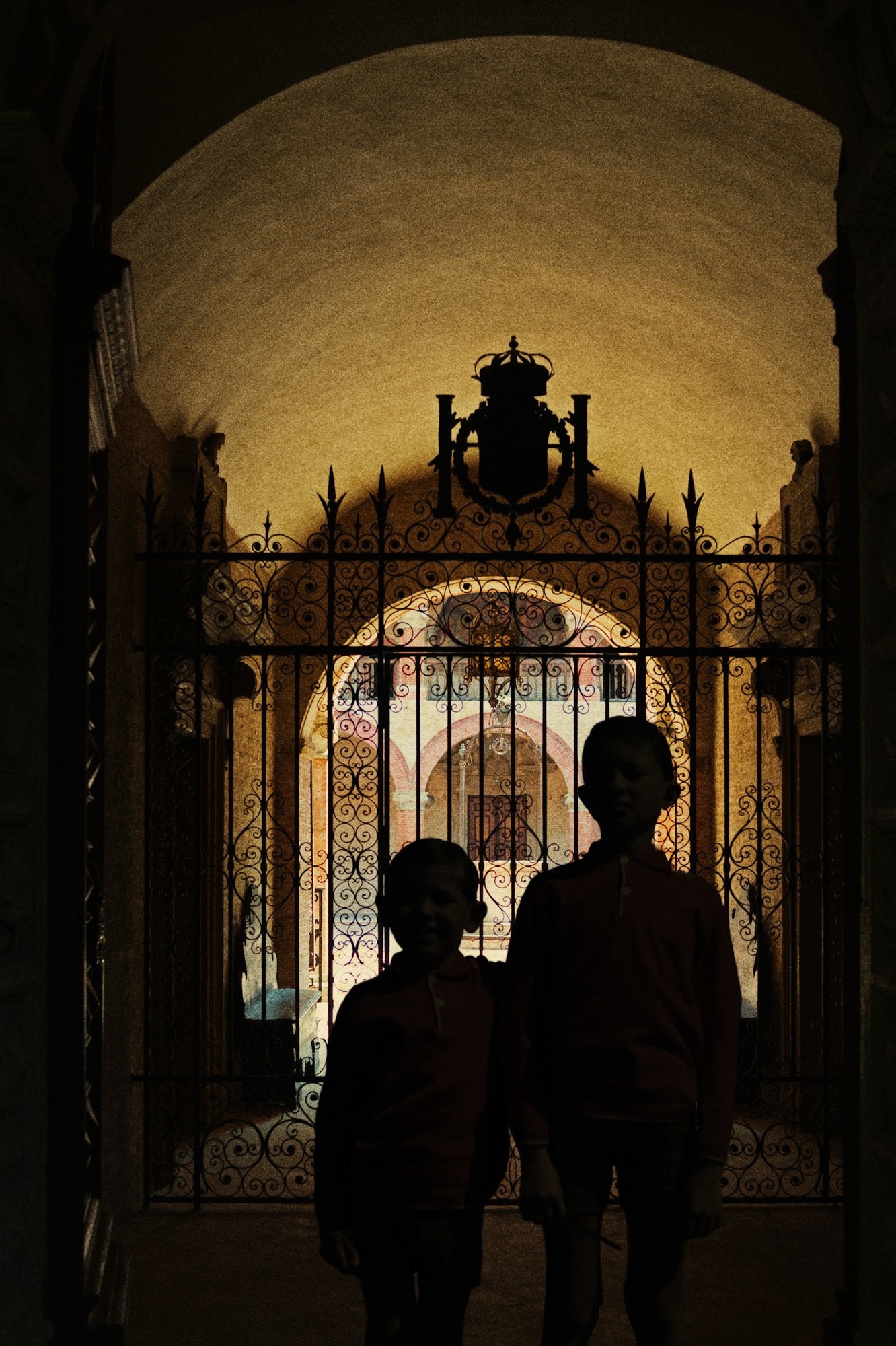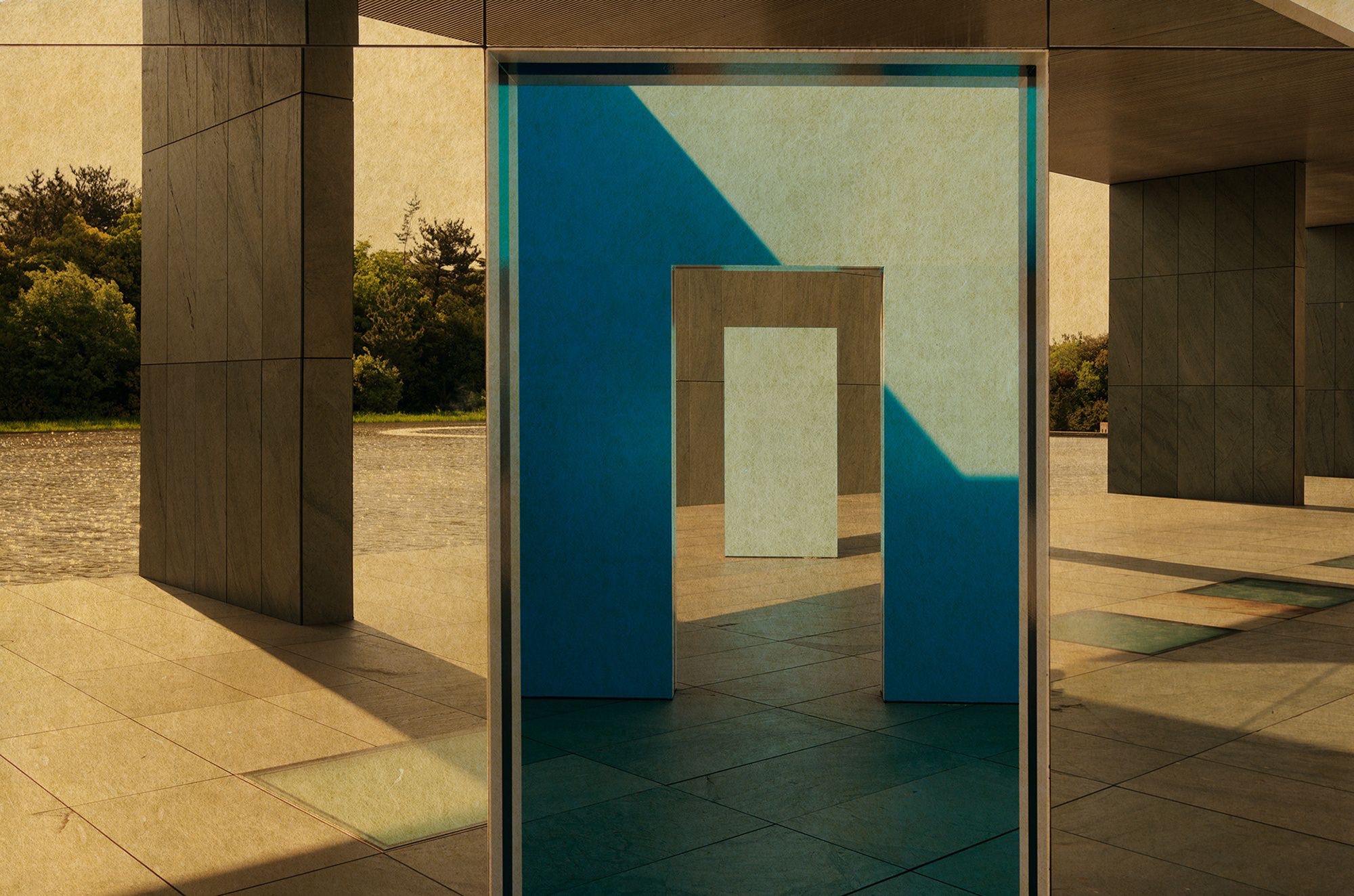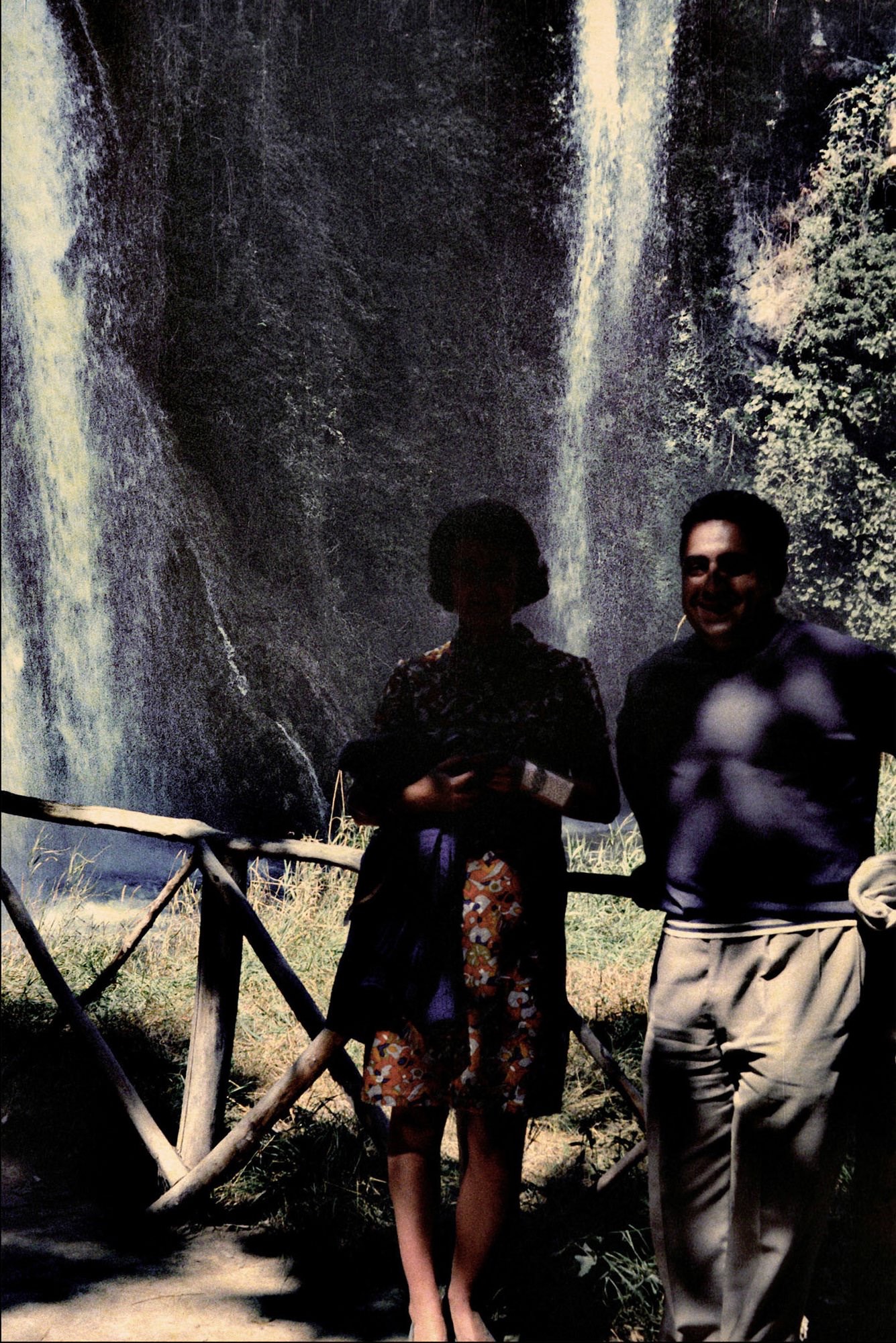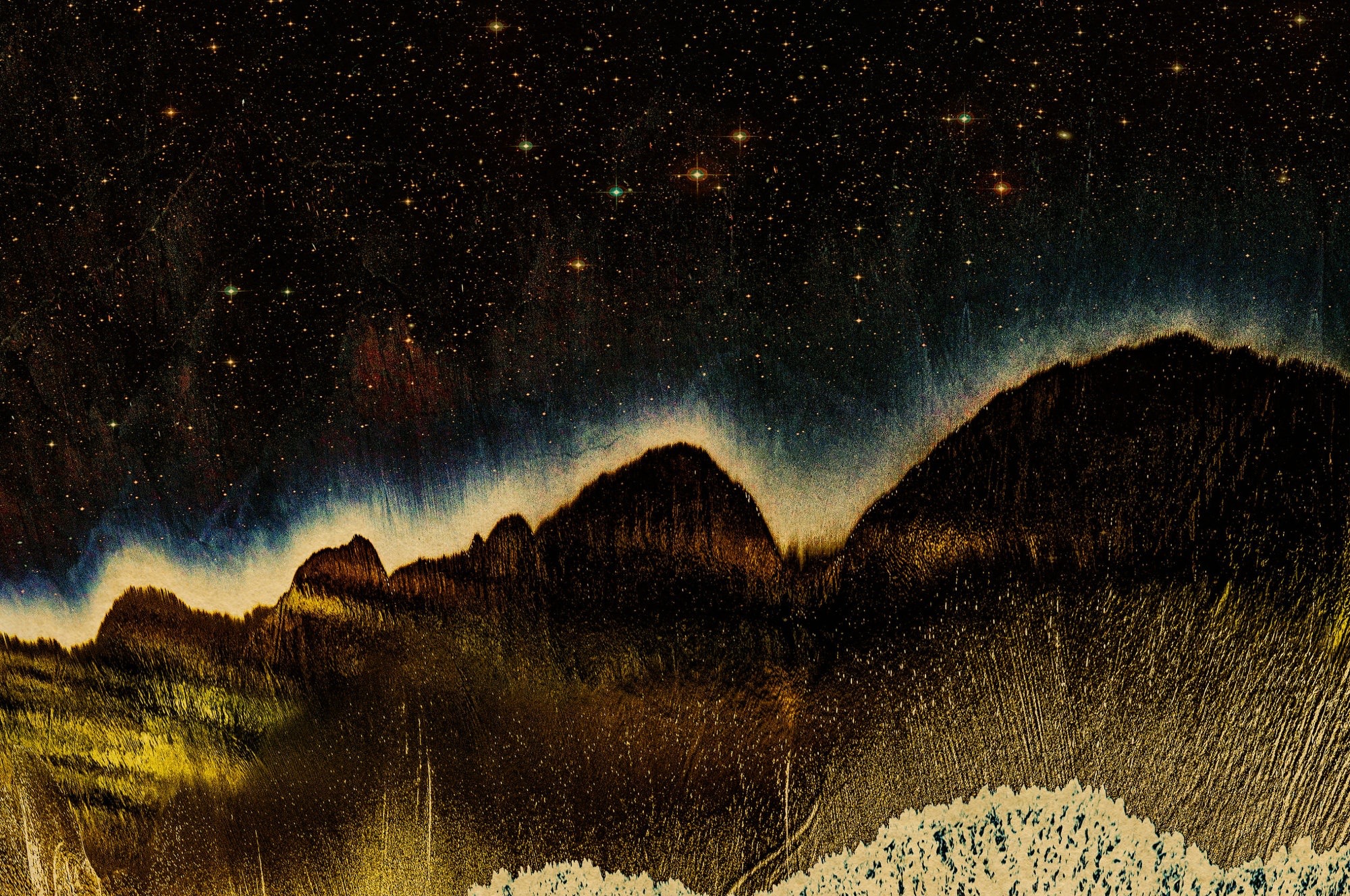Albarrán-Cabrera: Things Come Slowly
Angel Albarrán and Anna Cabrera have worked collaboratively as art photographers since 1996. A rich inner philosophy about memory and experience — and an alchemical curiosity for photographic printmaking — guide their aesthetic practice. Influenced by both occidental and oriental thinkers and artists, their photographs question our assumptions of time, place, and identity.
Having worked together for over 25 years, the photographic duo made their careers creating dreamy, evocative works which aim to trigger a memory response in the viewer. “We function as if we were just a single photographer,” the Barcelona-based duo, who first met in 1987, tells about their symbiotic practice. Looking at the sublime beauty of the natural world, their photographs investigate complex feelings that words cannot fully capture, such as our experience of reality, space, or even time. (Orla Brennan)
Their work will be on exhibit at Galerie Esther Woerdehoff, Geneva on March 24, 2022, until May 21, 2022.
They collaboratively design a poetic and sensitive photographic universe where the emotion of the subject combines with the beauty of the print. Specialists in alternative printing techniques and in the conservation-restoration of photographs, they resort to the old processes of cyanotype, platinum-palladium, and other silver processes and invent new processes which they combine with rare materials such as Japanese paper. , pigments and minerals or gold leaf. Reflections on identity, on the traces that the shot retains from the past, their different open series question the relationship to time and memory and our perception of the photographic image, between reality and illusion.
From their different series, the exhibited works reveal nature in a cosmological vision that evokes the earth, the rock, the oceans, the trees or flowers, animals.
To the precious printing technique that has made their reputation with collectors around the world – a pigment print on Japanese gampi paper and gold leaf – are combined with other experiments, consciously adapted to the subject of the image: silver prints, old processes of cyanotype or platinum-palladium, toning, the addition of mica and precious pigments.
About the Authors
Angel Albarrán (b.1969, Barcelona) and Anna Cabrera (b. 1969, Sevilla) have worked collaboratively as art photographers since 1996. A rich inner philosophy about memory and experience — and a special curiosity for photographic chemistry — guide their aesthetic practice.
Influenced by both occidental and oriental thinkers and artists, their photographs question our assumptions of time, place and identity in order to stimulate a new understanding of one’s own experience and perception. For the artists, “being conscious of our surroundings isn’t just an important part of life —our surroundings and how we interpret them is life as we know it.”
The question running like a thread throughout their work is how images trigger individual memories in the viewer. “We are particularly interested in memories. Our aim is to play with viewers’ memories and to construct a representation inside their minds. Our images are the bare bones of this mental construction.”
Angel Albarrán’s love for photography was inspired by his grandfather. A carpenter by trade, Albarrán’s grandfather created cameras for the photographers in his province before taking up the art himself. Anna Cabrera found her passion at age 16 when her father lent her his Voigtländer camera to take on an academic trip to Paris. Since beginning their collaboration, the artists have attended workshops, learning from such masters as Humberto Rivas and Toni Catany. They have deepened their personal beliefs through the world of literature and science, and through extensive travels in East Asia and Western Europe.
While inspired by literature, painting, film, science and philosophy, Albarrán Cabrera specifically employ the medium of photography to convey their worldview:
“Viewers interpret photographs subjectively by relating them to their culture, experience and memory. This means that as photographers, we can explain complex subject matter, or the relationship between various subjects, without using verbal language and its linguistic code. Instead, we use images and prints. We believe that photography can help viewers understand challenging concepts in a different way. A set of images creates a harmony between the viewers’ wavelength and our own. There is a gap between reality and what we understand as real. And photography (as Japanese dramatist Chikamatsu once said about art) lies in the frontier between the real and unreal, the true and the false. Thus, it helps us to “see” what is hidden from us.”
Albarrán Cabrera tirelessly experimented with a diverse range of printing processes such as platinum, palladium, cyanotype, and gelatin silver print. While often toning their darkroom prints with selenium, sepia, or tea, the artists also invent their own methods to add tonal depth to their artworks. The artists use hand-made gampi paper with either gold leaf or mica for their pigment prints that emit a radiance akin to Japanese silk painting. As Albarrán Cabrera has pointed out “this wide range of processes and materials serve a single purpose: to give us far more parameters to play with the viewer’s imagination than a mere image. The texture, colour, finishing, tones – even the border – of a print can provide the viewer with valuable information.”
Albarran Cabrera’s photographs have been exhibited in galleries and photo fairs in Spain, Japan, Switzerland, USA, Belgium, The Netherlands, France, Germany, Lebanon, and Italy. Private collections and institutions that house their photographs include Hermès, Goetz Collection, The German Bundestag’s Art Collection, Banco de Santander and De Nederlandsche Bank among others. They have also produced photographic prints for institutions such as Fundació La Pedrera, Barcelona; Fundació Toni Catany, Mallorca; Reina Sofía Museum, Madrid; FotoColectania, Barcelona; the Photographic Archive, Barcelona. They have collaborated with publishers such as Adelphi Edizioni, Mondadori Libri, Penguin Random House, Diogenes Verlag, RM Verlag and Ediciones Atalanta and companies/institutions such as La Monnaie De Munt, -Belgium’s federal opera house-.
Albarrán-Cabrera: Things Come Slowly
24.03.22 – 21.05.22
Galerie Esther Woerdehoff- Geneva – Switzerland
More info on:


